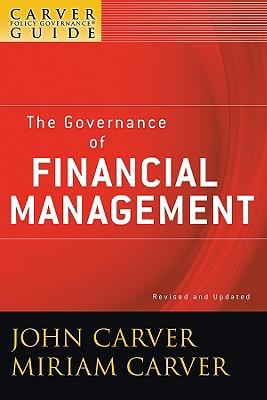Question
Ekhaya Construction Company, whose primary activity consists of building dams, bridges, and other civil works, has the opportunity to accept a new project that will
Ekhaya Construction Company, whose primary activity consists of building dams, bridges, and other civil works, has the opportunity to accept a new project that will add revenues of R50 000 000 per year for the next 4 years. However, the expenses on the new work will be substantial, and new equipment costing R19.75 million will have to be purchased. Shipping and installation charges will be R500 000. Facing an investment of that size, the firm wants to be certain that it makes the correct choice. The new equipment - primarily for earth moving and material handling - has the lifting and hauling capacity required for the additional work, but it will be idle for 3 months of each year. However, the firm thinks that there is a chance that it may be able to rent out the equipment during its idle periods for a net after tax cash return which may be of the order of R1 million per year. It will have a 4-year economic life. Its expected salvage value after 4 years is R0.5 million. With the new equipment the firm will no longer need machinery that it bought exactly 1 year ago for R6 million, which is being depreciated at R1.5 million per year. This machinery is still in good condition and could be used for 4 more years and then sold for R1 million. Ekhayas Managing Director, Bernard Nyoni, believes it can be sold for its current book value of R4.5 million. Both the new and the old equipment are written off for tax purposes straight line over 4 years. In order to produce the additional R50 million annual revenue, the firm will have to spend an added R40.5 million per year on material, R0.9 million on additional labour, R90 000 for additional supervision, and R250 000 miscellaneous. 6 The last amount includes R150 000 per year in advertising expenditures that the firm plans to spend to offset the adverse publicity that will result from the environmental effects of its work. While there are no legal barriers to the firms activities, experience indicates that without the advertising, the firms construction activities will be hampered by the disruptive picketing of various interest groups. Other annual expenses to be incurred by the presence of the new equipment include R1.4 million for petrol and oil and R2.3 million for maintenance on the new equipment (the corresponding figures for the old machinery are R500 000 for petrol and oil and R600 000 for maintenance). The firm normally charges all projects 1 percent of gross revenues to cover existing central office overhead. Working capital is expected to increase by 4% of the additional revenues. Due to a 5 percent inflation rate, revenues and costs are expected to increase 5 percent each year. Revenues, for example, will be R52.5 million in the first year, R55.125 million in the second, etc. Given the effects of inflation, the business manager of the firm is considering charging the new project an annual fee of 5 percent of the equipment cost so that the firm can afford to replace its equipment after 4 years. The annual interest payment on the financing of the new equipment will be R2.8 million. The firms income tax rate is 40 percent, the weighted average cost of capital is 14 percent, and the depreciation method is straight-line. Note that unless otherwise stated all the cash flows in this case are stated in terms of todays money i.e. the effects of inflation have not been included.
QUESTIONS
1. Calculate the free cash flows and the net present value (NPV) of the project. (Hint: only include the relevant data needed to correctly compute the cash flows and work in nominal terms). (20 marks)
2. If you have not included in your cash flow analysis any of the data presented in the case, explain why you have not done so, making clear reference to the principles of capital budgeting analysis. (10 marks)
3. If you had worked in real rather than nominal cash flows, what difference might this have made to your analysis? Why? NB: no additional calculations are required. (3 marks)
4. In general is a capital budgeting analysis of this sort sufficient to make a capital investment decision? Discuss briefly. (7 marks) - - -
Step by Step Solution
There are 3 Steps involved in it
Step: 1

Get Instant Access to Expert-Tailored Solutions
See step-by-step solutions with expert insights and AI powered tools for academic success
Step: 2

Step: 3

Ace Your Homework with AI
Get the answers you need in no time with our AI-driven, step-by-step assistance
Get Started


